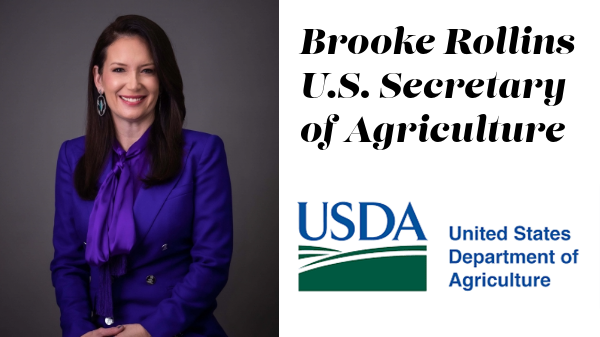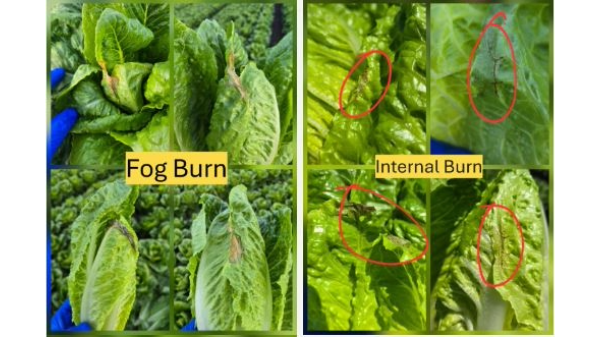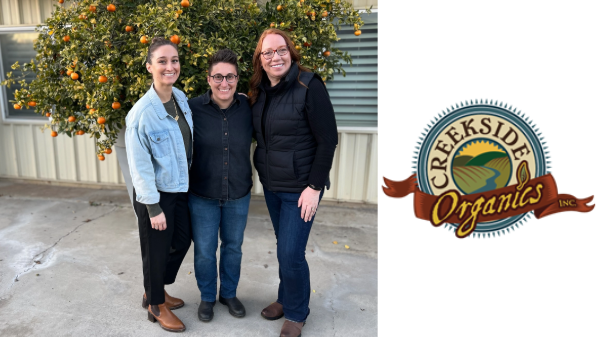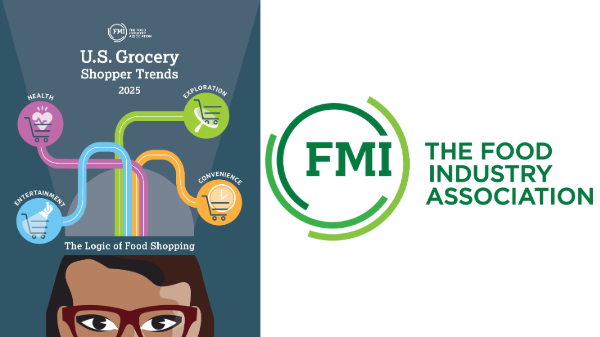Welcome to Blue Book!
Are you ready to join the thousands of companies who rely on Blue Book to drive smarter decisions? View our plans and get started today!
Still have questions? We’d love to show you what Blue Book can do for you. Drop us a line– we’ve been waiting for you.
Most companies use them to monitor the success of their own social media initiatives, but they also can search for trending keywords and use the information to forecast demand and create specific promotional offers.
“People are on social media all the time discussing what they cook, what ingredients they can’t find in their store, what they like to eat,” Brethenoux comments. Big Data allows produce practitioners to dip into this sea of information and identify key themes, then integrate those insights to better ensure that supply meets demand. He cites the hypothetical example of a kiwi recipe trending online, asking, “Can you grab onto that and see if it makes sense from a cost, availability, and pricing standpoint to make an offer to drive kiwi sales?” Such an incentive, during high consumer interest, might involve a money-saving coupon or two-for-one offer.
In a parallel application using input from a variety of sources, Big Data could allow companies to anticipate what shoppers want at a given point in time—such as the moment they enter the store—and tailor marketing accordingly. “Stores analyze scanner data, but they only get to what people want after they leave the store, and then it’s too late,” says Brethenoux.
Big Data analysis can combine past purchases from scanner data with demographic information such as the number of family members and GPS data revealing a shopper’s current location. If a female shopper is a regular purchaser of carrots, has three children, and made her last purchase two weeks ago, she is likely to need more carrots soon. Knowing this, a store can send her mobile phone a coupon for carrots as she walks in the door.
Supply Side Applications
On the supply side, IBM had projects involving transportation fleet management and route optimization. “With perishables,” asserts Brethenoux, this type of data can be critical, “since every hour counts.”
By using historical data as a base and then figuring in specific users, weather data, and other sources, Big Data can help transportation companies predict when trucks or refrigeration units will need maintenance, thereby preventing breakdowns and reducing downtime.
Foodlink’s Peters notes that soil conditions, weather, seed quality, fertilizer used, cut-to-cooler time, transportation, and temperatures all along the path to the store, not to mention how produce is merchandised, are all factors that play into the level of freshness.








